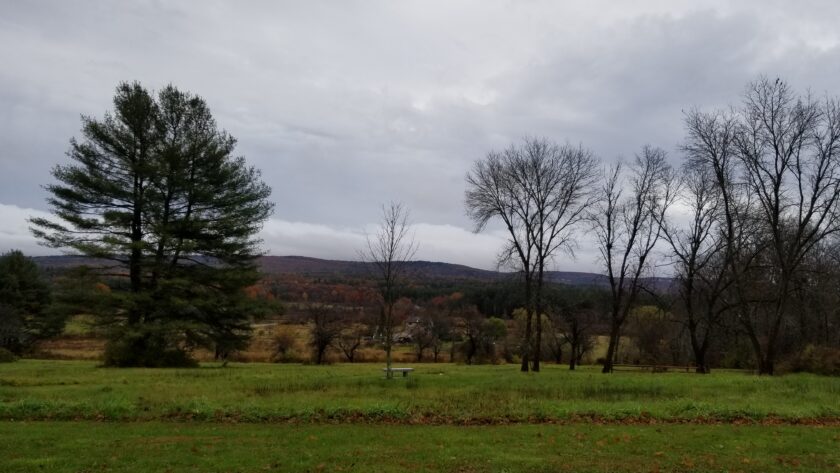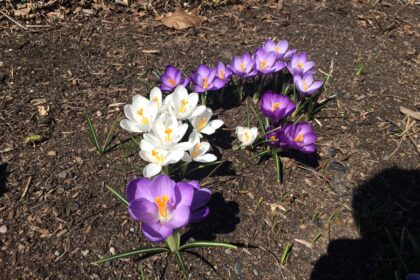Most Buddhist meditations can be divided between tranquility (Pali: samatha, Sanskrit: shamatha, Tibetan: shine’) practices and insight (Pali: vipassana, Sanskrit: vipashana, Tibetan: lagtong) practices.* While death contemplation is usually considered a samatha practice, it is a unique one. Death contemplation can bring up significant fear or other strong feelings. Most people benefit from another developed samatha practice, such as loving kindness or breath meditation, which can balance the intensity of death contemplation.
The Visuddhimagga actually categorizes 40 objects of samatha practice. They are categorized primarily by their secondary benefit. That is to say, while all can lead to states of tranquility that can lead to awakening, they have other secondary benefits that could be useful depending on your personality or situation. Death contemplation, for instance, awakens spiritual urgency (samvega), and is thus good for those needing motivation. Breath meditation calms the overactive mind. Loving kindness has 11 benefits, and is notably an antidote to anger, so is recommended for those who tend toward a hot temper. I won’t go into too much here, but I suggest you consult with a meditation teacher or look at the Visuddhimagga for more information about what meditation object might be the right one for you. The main logic here is to pick an object that counters your biggest obstacle. So if you tend to get angry or fearful, look toward loving kindness. If you tend toward distraction, look forward the breath. If you tend toward sensuality or covetousness, look toward the 32 parts of the body or something like that. The logic here is purification. Your practice is two-pronged: you get rid of your obstacle and you develop tranquility states that allow you to develop strong vipassana.
If you’d like to use death contemplation to develop samatha, read the next blog post, Death and Tranquility Meditation (part of 2 of 2.)


